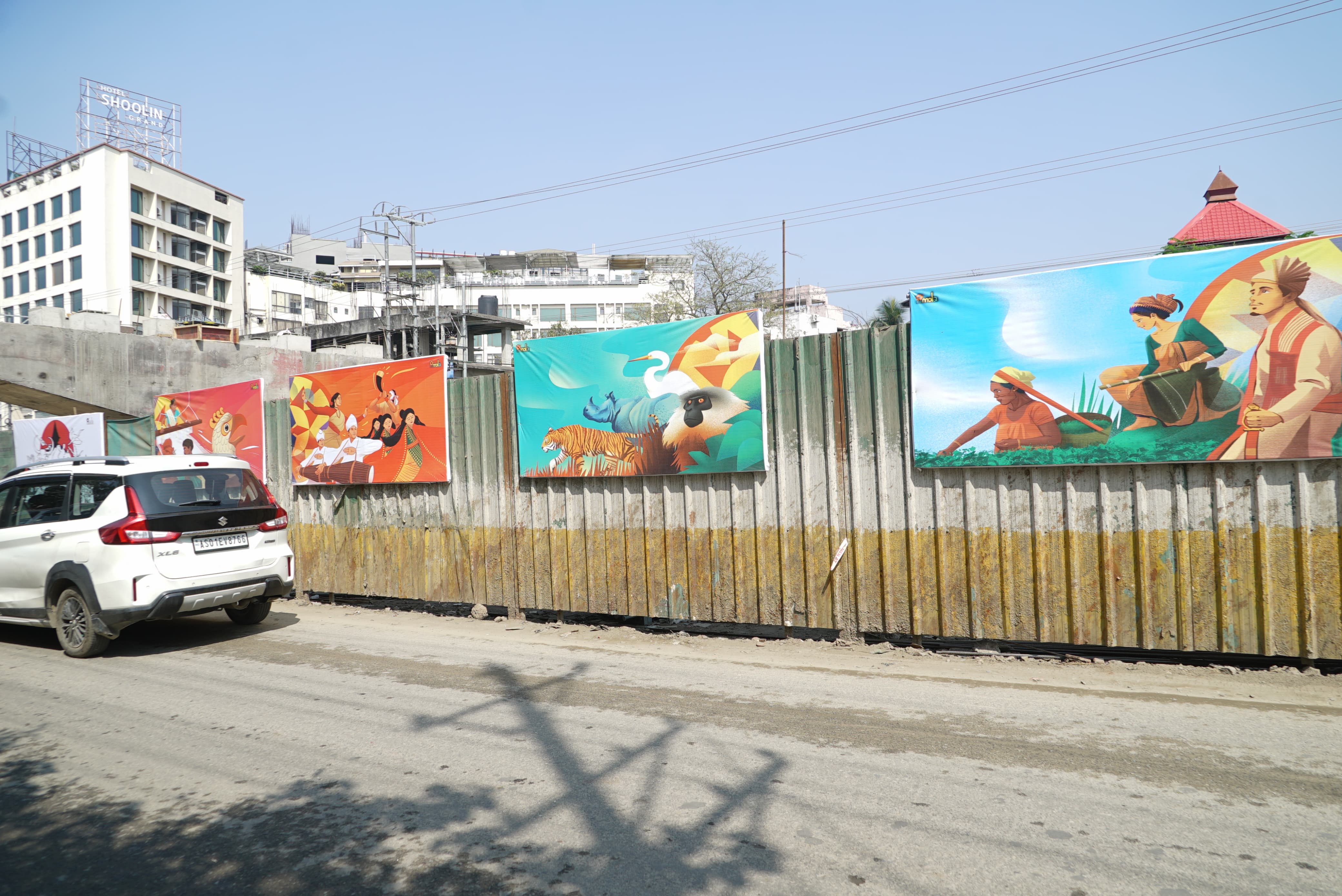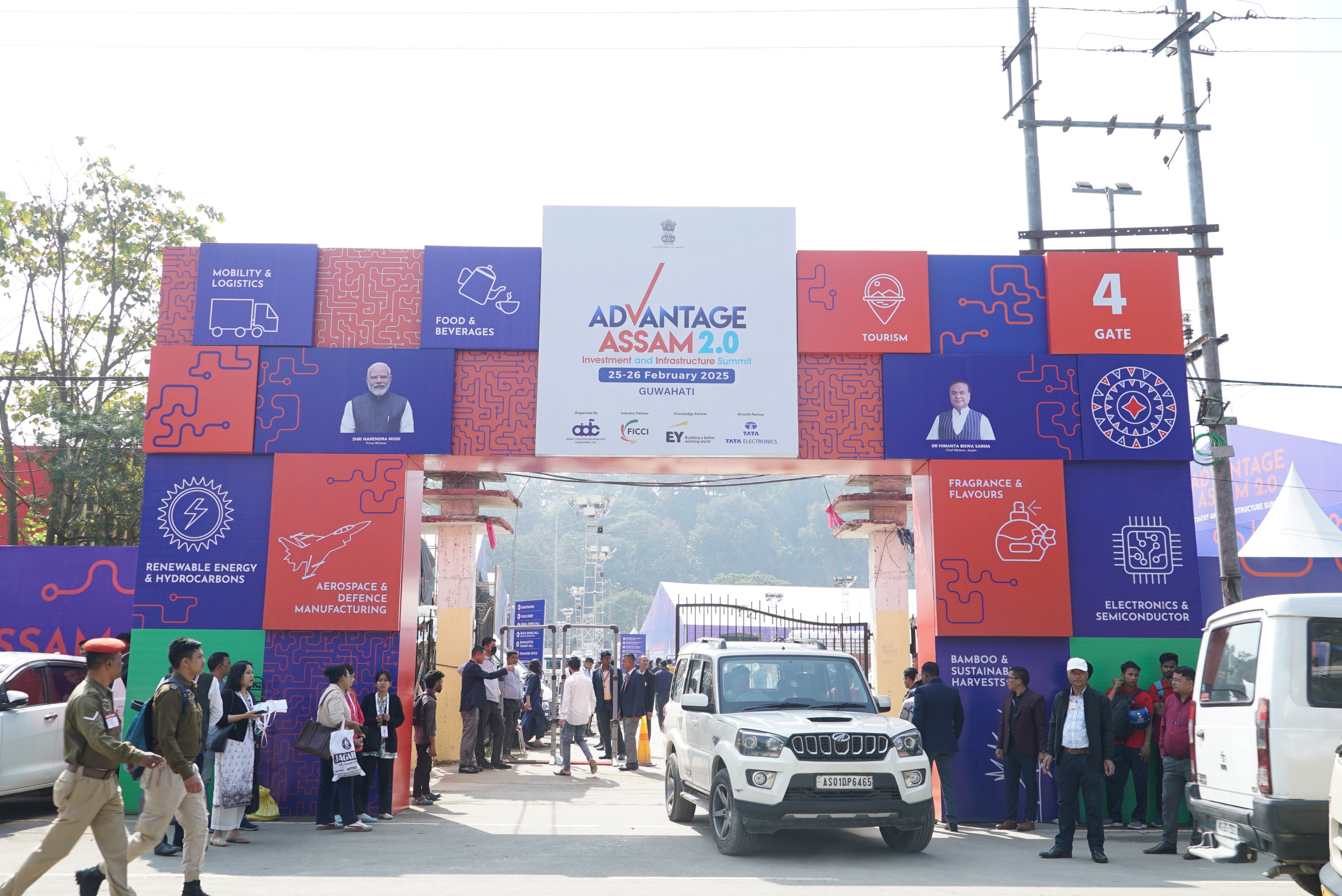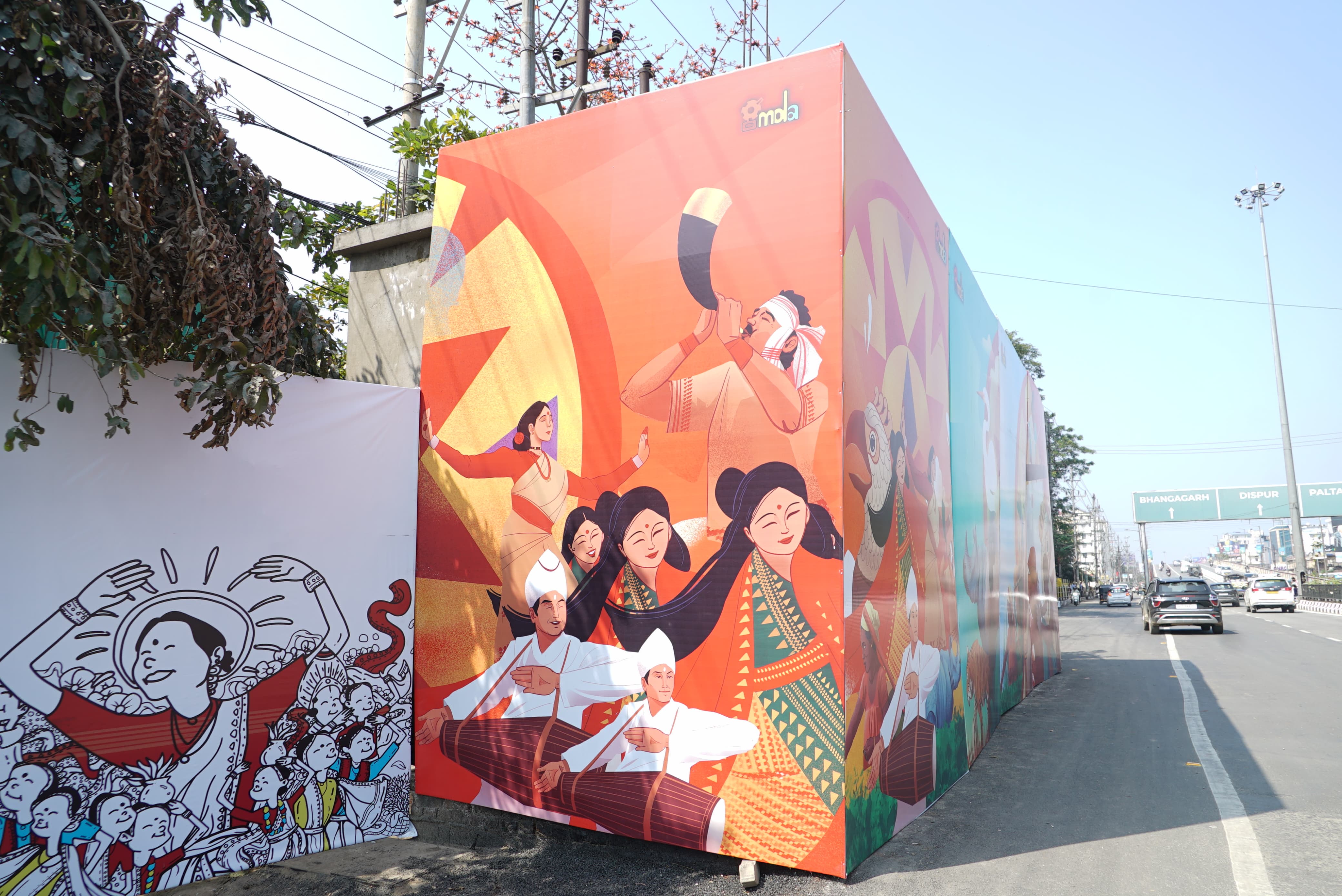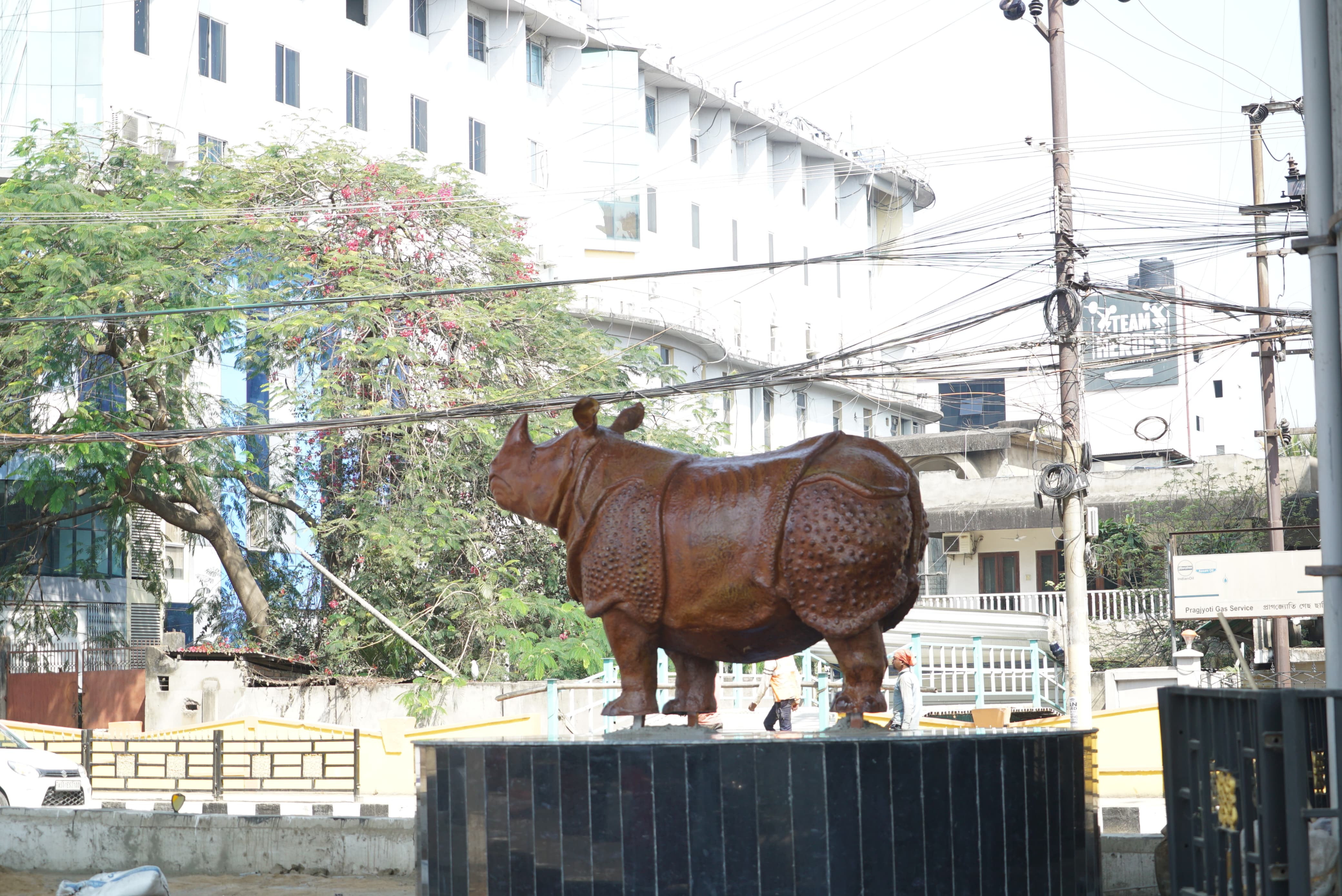Guwahati, of late, has been undergoing a lot of beautification work for Jhumoir Binandini – a dance of the tea tribe community -- and Advantage Assam summit 2.0 where Prime Minister Narendra Modi will attend; the city, often celebrated as the gateway to Northeast India, has taken on a different look with potholes disappearing, tangled overhead cables straightened, signages with street names coming up, streetlights installed et al. No sight can be more pleasant than what Guwahati is offering right now, and residents should be proud of the metamorphosis. Yet, while these enhancements temporarily uplift the city's appearance, they starkly contrast with the everyday infrastructural challenges faced by the residents.
ALSO READ: Editorial | Advantage Assam 2.0 Summit Holds Great Promise For State
The irony is that once such mega events conclude and the dignitaries depart, these improvements often deteriorate due to a lack of sustained maintenance. This cycle not only lays to waste public funds, but also fosters a sense of neglect among the tax-paying citizens who endure the city's underlying infrastructural deficiencies daily. Residents of Guwahati justifiably question why comprehensive infrastructural development is reserved for occasions marked by VIP visits or mega events. The city's chronic issues—such as inadequate drainage leading to frequent urban flooding, poorly maintained roads riddled with potholes, insufficient street lighting, and unreliable public transportation—remain largely unaddressed in the long term. This reactive approach to urban development, prioritising cosmetic enhancements over substantive improvements, undermines the quality of life for its citizens and raises concerns about the equitable allocation of municipal resources.

The recurring emphasis on temporary beautification highlights a critical need for a paradigm shift towards sustainable and inclusive urban planning. Guwahati's aspiration to evolve into a smart city necessitates a strategic focus on enduring infrastructure projects that cater to the daily needs of its populace. This includes investing in robust drainage systems to mitigate flooding, implementing regular road maintenance schedules, enhancing public transportation networks, and ensuring consistent street lighting among other things to improve quality of life that residents are sorely missing. Moreover, fostering community engagement in urban development initiatives can lead to more resilient and responsive city planning. By involving residents in decision-making processes, the city can better align its projects with the actual needs of its citizens, ensuring that developments are both practical and sustainable.

The practice of undertaking superficial beautification projects in response to VIP visits not only reflects a misallocation of resources but also signifies a deeper disconnect between urban planning and the lived experiences of Guwahati's residents. To honour the contributions of its taxpayers and to genuinely enhance the city's livability, it is imperative for authorities to prioritise long-term infrastructural development over transient aesthetic improvements. Such a commitment would not only elevate the quality of life for current residents, but also pave the way for a more sustainable and prosperous future for Guwahati. It’s high time that Guwahati’s beautification is not limited to summit seasons or VIP visits. The city and its residents deserve better—a well-maintained, beautiful city throughout the year, not just on special occasions. True development is reflected in the everyday lives of citizens, not just in curated snapshots for visiting dignitaries.





